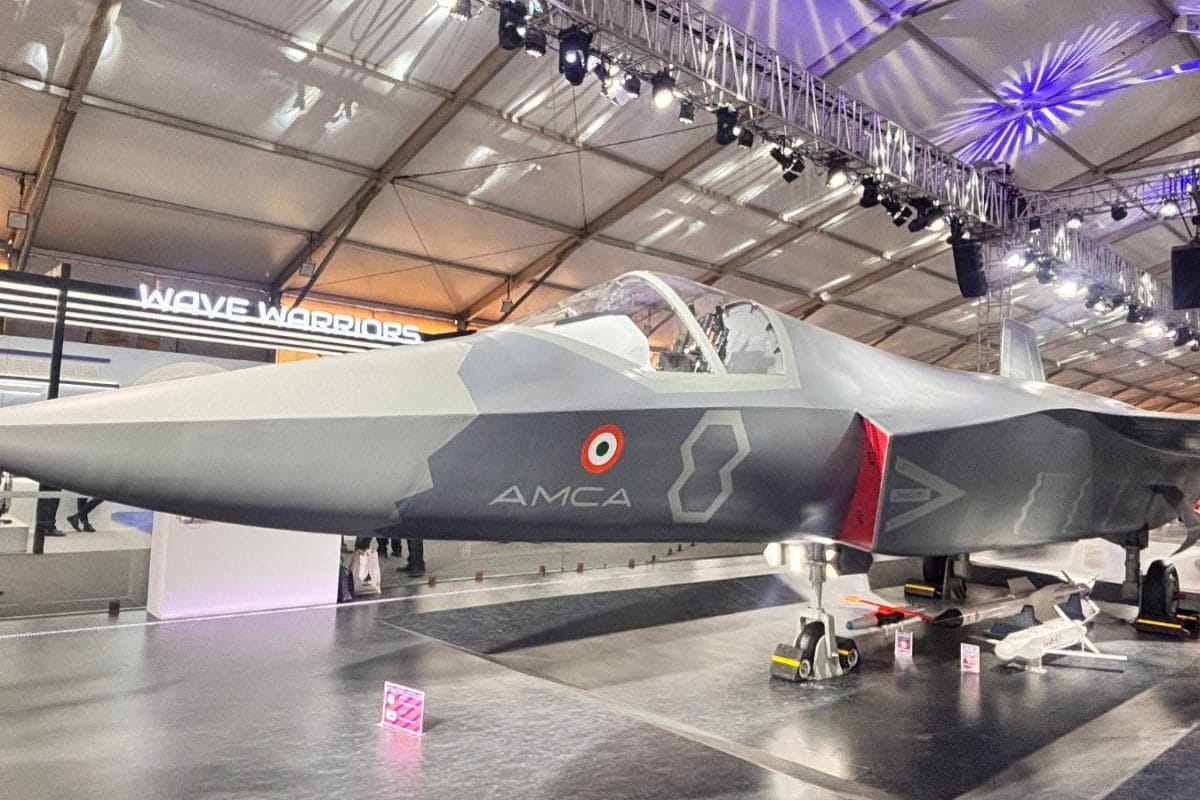

Defence Minister Rajnath Singh has given the go-ahead for the execution model of the Advanced Medium Combat Aircraft (AMCA) program, marking a significant step towards indigenous defense production. The approval aims to bolster India's air power capabilities and foster a robust domestic aerospace industrial ecosystem. This decision, made on Tuesday, May 27, 2025, paves the way for the Aeronautical Development Agency (ADA) to implement the program in collaboration with industry partners.
The AMCA program is designed to develop a fifth-generation, medium-weight, deep-penetration stealth fighter jet for the Indian Air Force (IAF). The program received initial approval from the Cabinet Committee on Security (CCS) in March 2024, with an estimated cost of ₹15,000 crore. The AMCA is envisioned as a 25-tonne twin-engine aircraft equipped with advanced stealth features, sensor fusion technology, internal weapons bays, and supercruise capabilities. The Defence Research and Development Organisation (DRDO) has committed to delivering the platform by 2035.
The approved execution model ensures equal opportunities for both private and public sector entities. Companies can bid independently, through joint ventures, or as consortia, provided they are Indian companies compliant with national laws and regulations. This approach aims to harness indigenous expertise, capability, and capacity to develop the AMCA prototype, marking a major milestone towards self-reliance (Aatmanirbharta) in the aerospace sector. The ADA will soon release an Expression of Interest (EoI) for the AMCA Development Phase.
The IAF currently operates with just 31 fighter squadrons, falling short of the authorized 42.5 squadrons needed to effectively tackle threats from China and Pakistan. The AMCA program is crucial for addressing this gap and enhancing India's air superiority, especially in contested environments. The AMCA will follow the progressive induction of Tejas Mark-1A and Mark-2 jets, all of which are critical for IAF. While the first two AMCA squadrons will use GE-F414 engines, the subsequent five squadrons will feature more powerful 110 kilonewton engines.
The first prototype of AMCA is expected to roll out by 2028-29, with production slated to begin from 2032-33, and induction targeted for 2034. The development and induction of AMCA has become critical, especially after recent military confrontations and considering that China has already fielded two fifth-generation fighters and is set to supply J-35s to Pakistan. The indigenous development of the AMCA is expected to significantly reduce India's reliance on foreign suppliers and boost its defense exports.